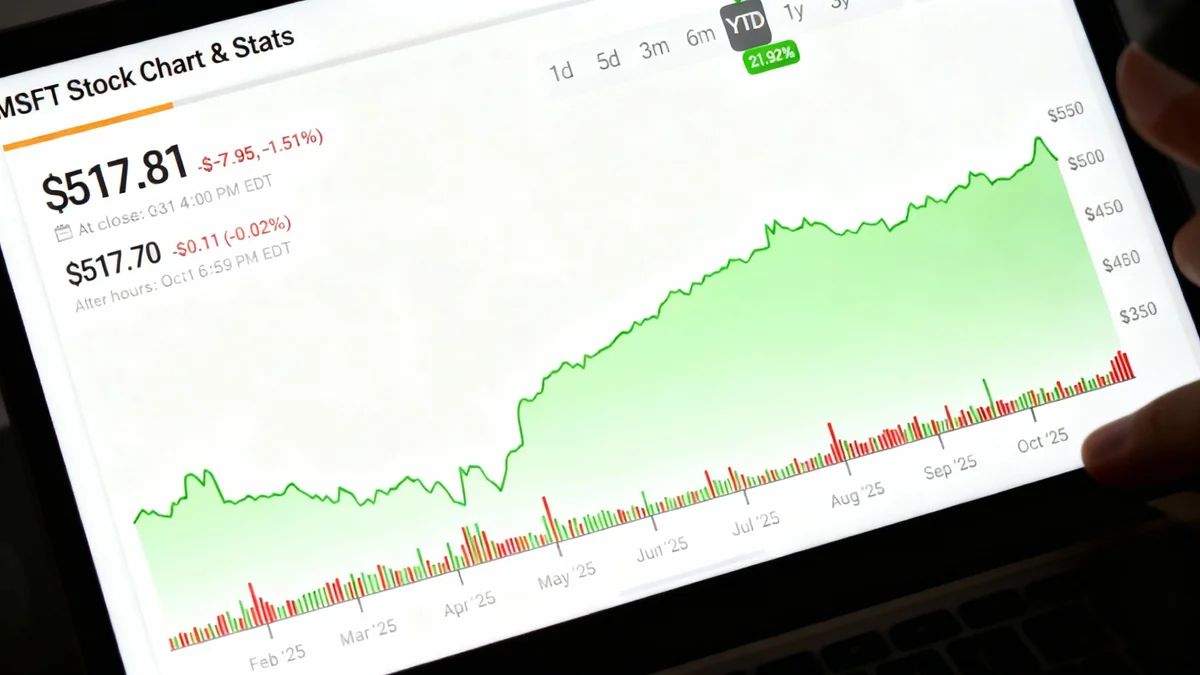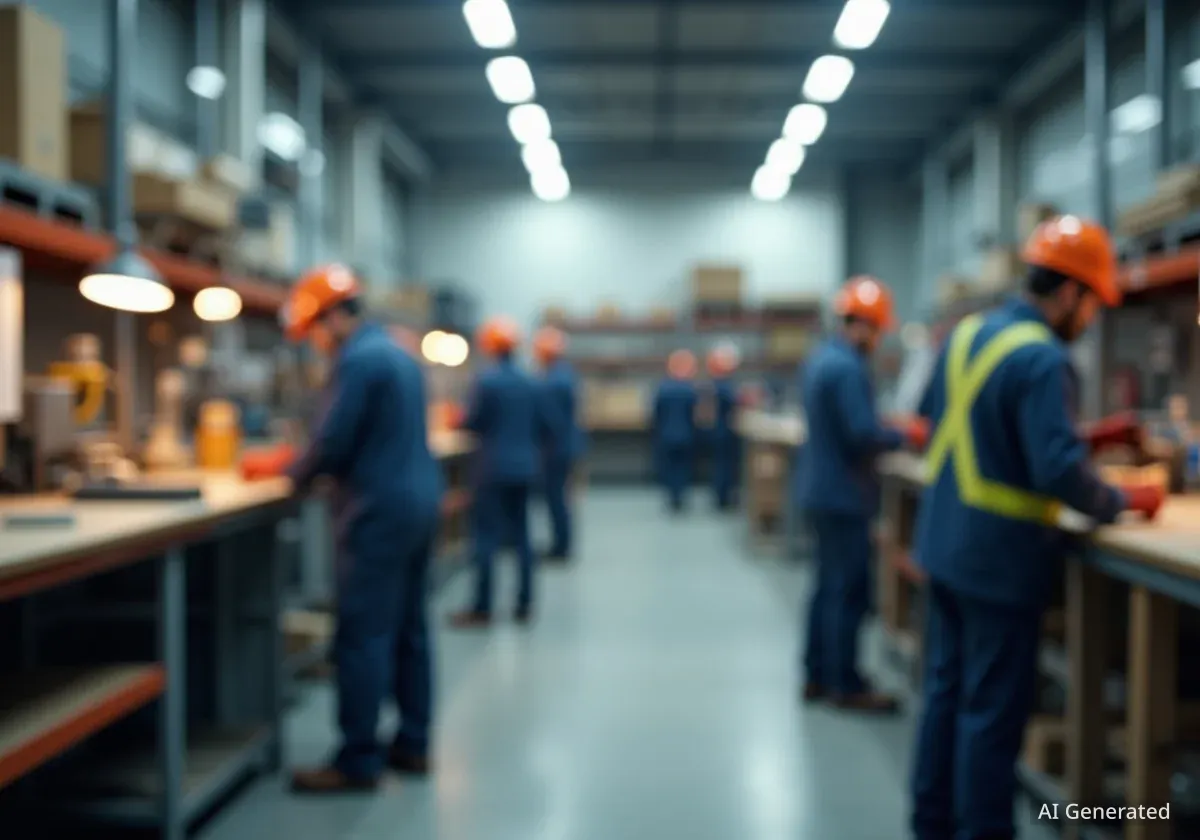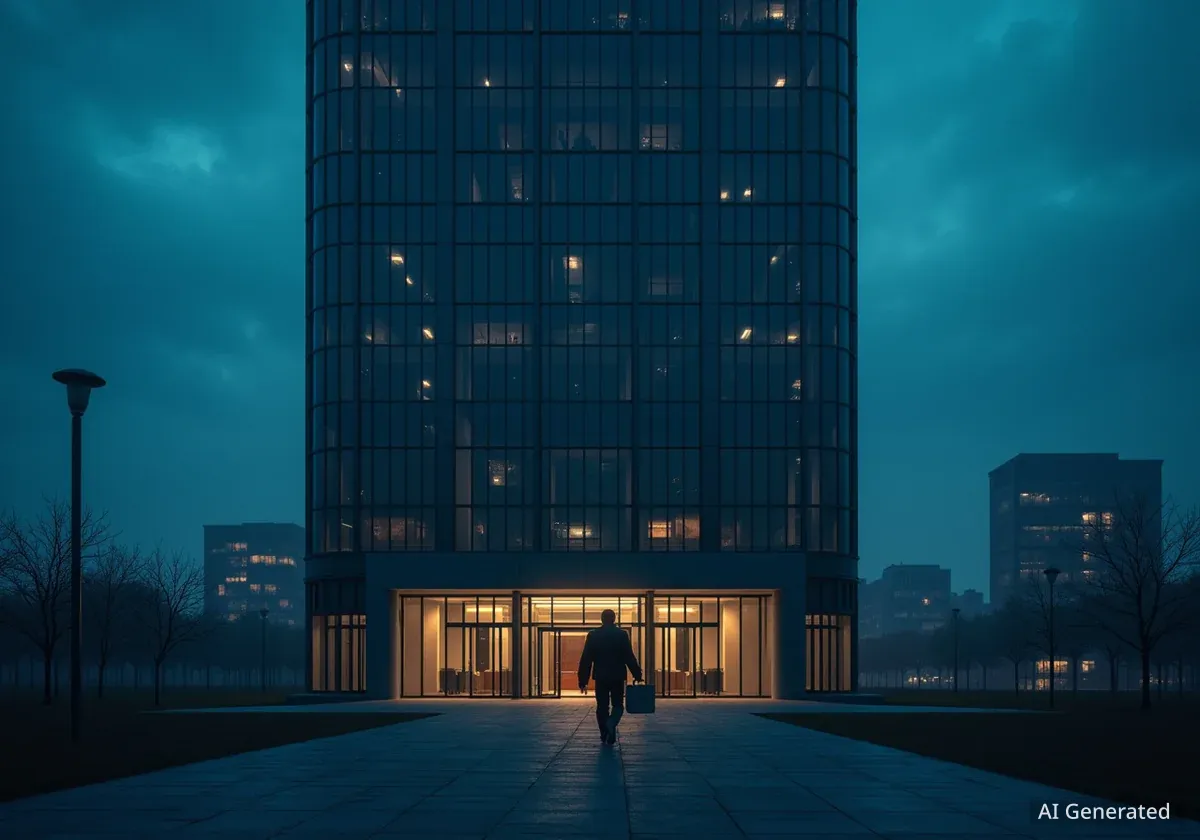You submit a job application for a role you are perfectly qualified for, but you never hear back. The reason might not be your resume or experience, but an artificial intelligence algorithm that has predicted you are a risky hire. This technology is increasingly used to screen candidates, making judgments about your future behavior before you ever speak to a human.
These AI systems operate by analyzing vast amounts of data to find patterns, predicting who might leave a job early, not fit the company culture, or even join a union. The process is often opaque, leaving applicants with no explanation and no way to appeal a decision made by a machine.
Key Takeaways
- Artificial intelligence is widely used by companies to screen job applicants and make hiring decisions.
- These systems predict a candidate's future behavior, such as their likelihood to stay in a role or fit the corporate culture.
- AI can build a detailed profile and make predictions even with very limited personal data, by comparing you to millions of other people.
- The reasoning behind an AI's decision is often a "black box," making it nearly impossible to challenge or understand the rejection.
The Silent Gatekeeper in Modern Hiring
In today's competitive job market, getting your resume in front of a human hiring manager is the first major hurdle. Increasingly, the first gatekeeper is not a person but an algorithm. Companies are deploying AI-powered screening tools to manage the high volume of applications they receive, but these tools do more than just match keywords.
They are designed to make predictive assessments. The AI analyzes the information you provide and compares it against data from countless past and present employees. It looks for correlations between resume details, work history, and eventual job performance or employee behavior.
For example, the algorithm might learn that individuals who use certain verbs in their job descriptions tend to leave the company within a year. It could also infer that people from specific educational backgrounds are less likely to align with the company's internal culture. You are not being judged on your own merit, but on the statistical shadow of people the AI thinks are like you.
What Is Predictive AI?
Predictive AI uses machine learning and data mining to make forecasts about future outcomes. In hiring, it doesn't evaluate a candidate's past achievements directly. Instead, it uses that data to calculate the probability of future actions, such as job performance, loyalty, or potential for creating workplace friction.
Your Digital Footprint Is Bigger Than You Think
Many people take steps to protect their online privacy. They limit social media sharing, use private browsing modes, and deny tracking permissions to apps and websites. However, when it comes to predictive AI, these measures may offer little protection.
The algorithms are powerful enough to build a profile from very few data points. The information on your resume—your name, previous employers, schools attended, and years of experience—is often enough for the system to begin making connections.
It cross-references this information with publicly available data and its own internal datasets to place you within a group. The AI doesn't need to know your personal opinions or private habits; it infers them based on the patterns observed in the group you've been assigned to.
An AI might infer that because you worked at a specific tech startup and attended a certain university, you have a 70% probability of seeking a new job within 18 months, marking you as a high turnover risk.
The Problem of Inferred Attributes
The system's predictions can extend to sensitive areas. It might predict your likelihood of starting a family soon or developing a chronic health condition based on aggregated data patterns. These are not facts about you, but statistical probabilities that can directly and unfairly influence your career opportunities.
Because the AI is making an educated guess, the outcome can feel arbitrary and discriminatory. Yet, challenging it is nearly impossible. Companies often cannot explain the specific variables that led to a rejection because the AI's decision-making process is a complex "black box."
Fighting an Invisible Decision Maker
When a human rejects your application, you can sometimes ask for feedback. When an AI rejects you, there is typically no one to ask. The lack of transparency is one of the most significant challenges posed by the rise of AI in critical life decisions.
"The reasoning of these algorithms is impossible to see and even harder to challenge. It doesn't matter that you practice safe digital privacy... the AI predicts how you’ll behave at work, based on patterns it has learned from countless other people like you."
This creates a system where individuals are judged not on who they are, but on who a machine predicts they might become. This shift has profound implications for fairness, equality, and individual autonomy.
Without clear regulations requiring transparency and accountability, individuals are left with little recourse. You may never know that an algorithm decided you weren't a good fit, or that it flagged you as a potential risk for reasons you would strongly dispute.
The Broader Implications Beyond Hiring
The use of predictive AI is not limited to the job market. Similar technologies are being used to determine eligibility for loans, set insurance premiums, and even inform decisions in the criminal justice system. In each case, individuals are being categorized and judged based on data-driven predictions rather than their specific circumstances.
This trend raises fundamental questions about our society:
- Fairness: Can a system be fair if it judges people based on group statistics rather than individual merit?
- Bias: How do we ensure that AI systems, trained on historical data, do not perpetuate and amplify existing societal biases?
- Accountability: Who is responsible when an algorithm makes a harmful or incorrect decision? The developer, the company using it, or the AI itself?
As these systems become more integrated into our daily lives, the need for public debate and robust regulatory frameworks becomes more urgent. Understanding how these silent decision-makers operate is the first step toward ensuring that technology serves humanity, rather than defining its limits.





